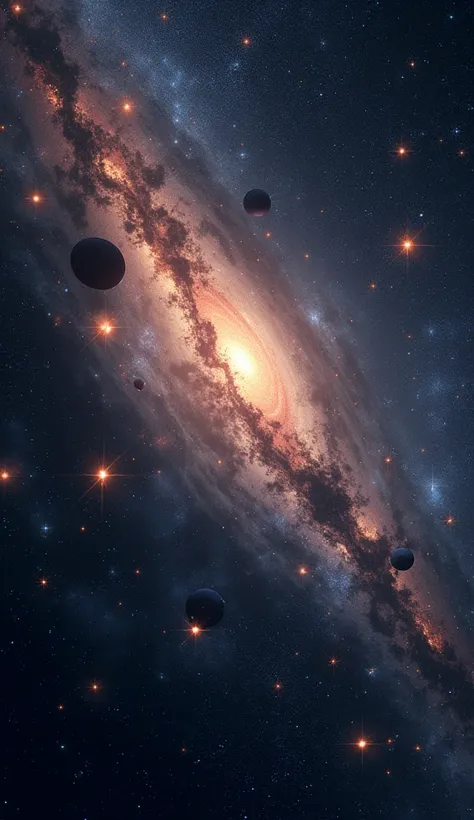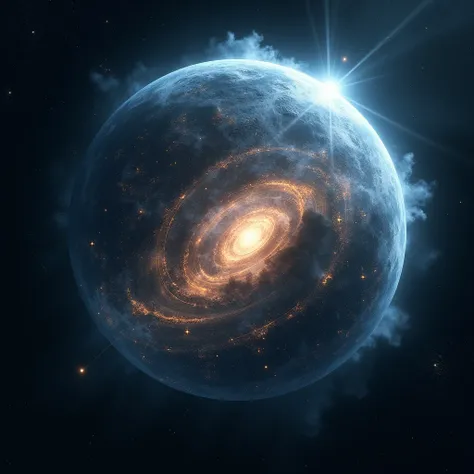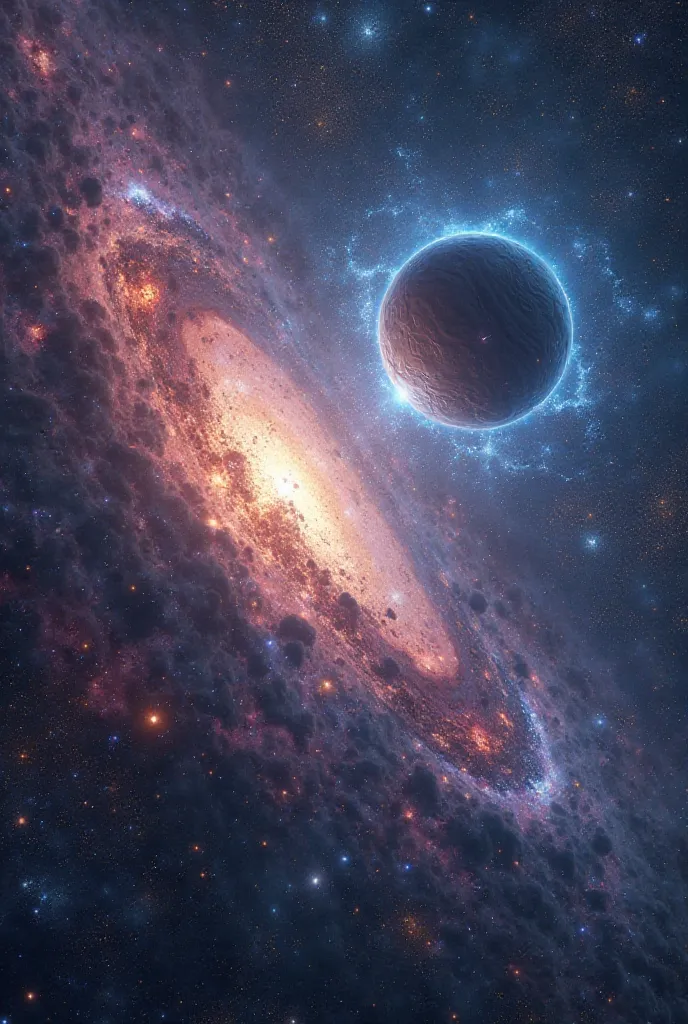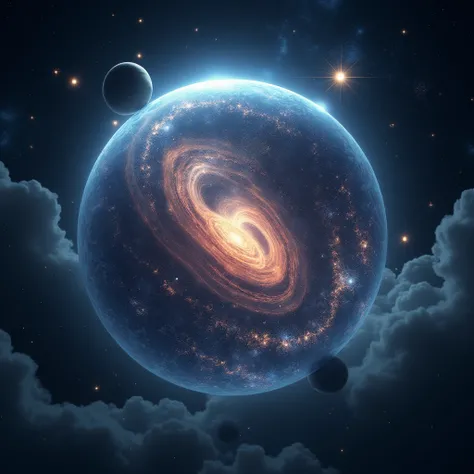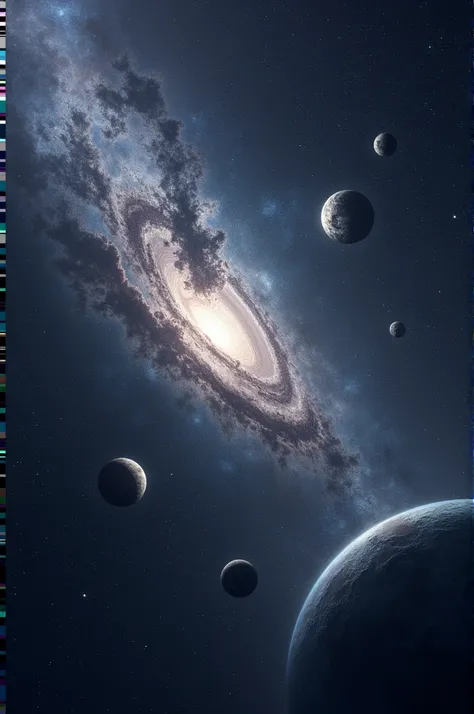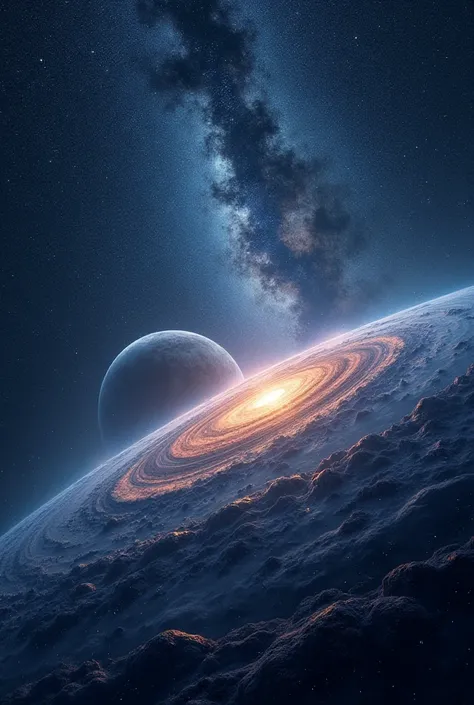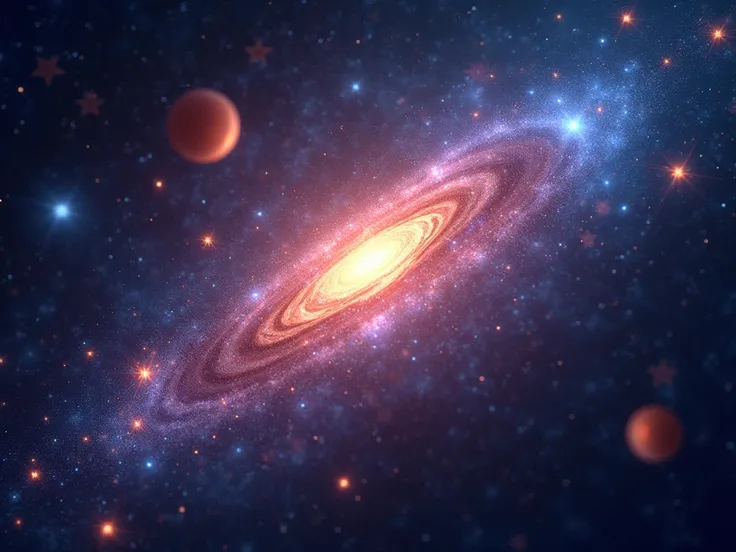1.2. Confirmation of Nibiru’s existence began with a systematic analysis of tele
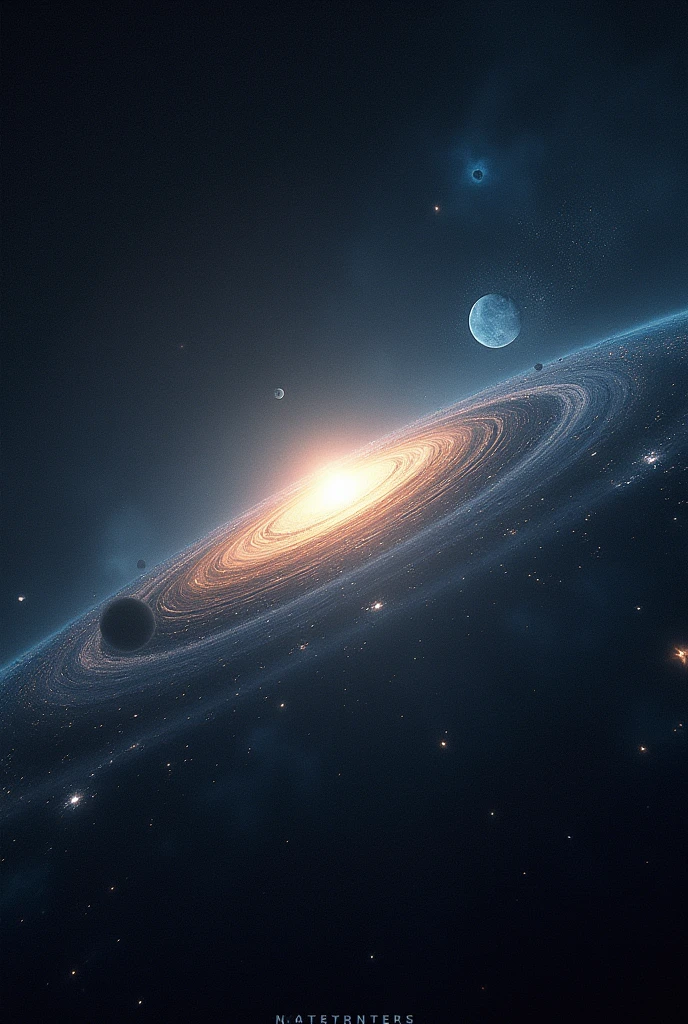
1.2. Confirmation of Nibiru’s existence began with a systematic analysis of telescope data. Advanced telescopes and observatories were used to study the outer solar system. These state-of-the-art facilities are equipped with precise sensors and cameras, which enable, to take detailed images of distant celestial bodies. The most important instruments, that were used for this task, include space telescopes such as the Hubble Space Telescope, that can capture images in various wavelength ranges – including infrared and ultraviolet light. In addition, ground-based observatories were used, which are equipped with powerful optical and radio astronomical instruments, specially designed to observe anomalies and precisely map the outer solar system. The image data, collected by these observatories, were subjected to thorough processing and analysis. First, the images were registered and aligned, to accurately track movements and changes in the outer solar system over longer periods of time. Subsequently, image subtraction was performed: By comparing images taken at different times, anomalies could be identified, by removing background noise and known celestial bodies. Another important step was to carry out gravity analyses. The movement patterns of the known planets were examined, to detect possible influences from unknown celestial bodies. This made it possible, to analyze gravitational disturbances and their effects on the orbits of the known planets. These detailed analyses led to the discovery of significant anomalies in the gravitational conditions of the outer solar system. The results showed, that the movements and trajectories of the outer planets showed irregularities,
Prompts
Copier les Paramètres
1
.
2
.
Confirmation of Nibiru’s existence began with a systematic analysis of telescope data
.
Advanced telescopes and observatories were used to study the outer solar system
.
These state-of-the-art facilities are equipped with precise sensors and cameras
,
which enable
,
to take detailed images of distant celestial bodies
.
The most important instruments
,
that were used for this task
,
include space telescopes such as the Hubble Space Telescope
,
that can capture images in various wavelength ranges – including infrared and ultraviolet light
.
In addition
,
ground-based observatories were used
,
which are equipped with powerful optical and radio astronomical instruments
,
specially designed to observe anomalies and precisely map the outer solar system
.
The image data
,
collected by these observatories
,
were subjected to thorough processing and analysis
.
First
,
the images were registered and aligned
,
to accurately track movements and changes in the outer solar system over longer periods of time
.
Subsequently
,
image subtraction was performed: By comparing images taken at different times
,
anomalies could be identified
,
by removing background noise and known celestial bodies
.
Another important step was to carry out gravity analyses
.
The movement patterns of the known planets were examined
,
to detect possible influences from unknown celestial bodies
.
This made it possible
,
to analyze gravitational disturbances and their effects on the orbits of the known planets
.
These detailed analyses led to the discovery of significant anomalies in the gravitational conditions of the outer solar system
.
The results showed
,
that the movements and trajectories of the outer planets showed irregularities
,
Info
Checkpoint & LoRA

Checkpoint
SeaArt Infinity
#Paysage
#Science-fiction
#SeaArt Infinity
0 commentaire(s)
0
0
0











